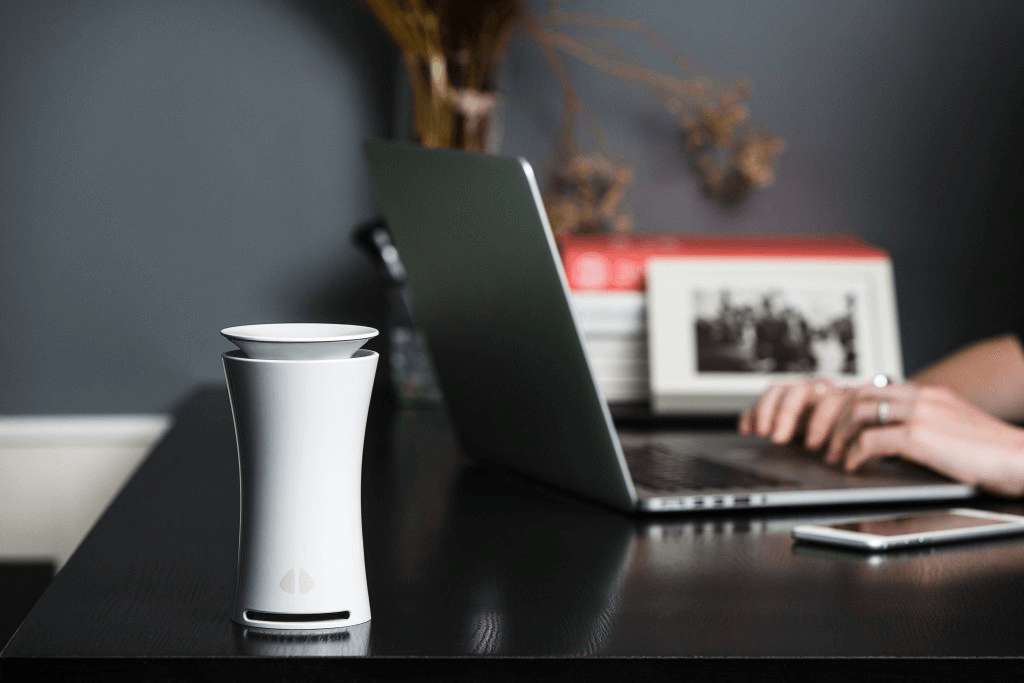Humidity is a problem in most homes around the world. You will spot mold, foggy windows, and smell a musty odor and you’ll just know – it’s time for your house to ventilate a little. With proper ventilation, you’ll breathe a lot easier.
But how do you know beforehand if your home atmosphere is too humid?
How To Reduce Home Humidity Levels?
With a few simple tips, you’ll be able to learn about humidity and fight it before it gets ugly!
-
Ventilate
Areas that create moisture (like bathrooms and kitchens) need some ventilation all the time. Cooking and showering aren’t the only things that cause humidity. Washing machines, dryers and other home appliances can cause that as well, so open windows and ventilate your house once you notice things are going bad.
With nine dedicated sensors and a patented virus index, uHoo is the most comprehensive indoor air quality sensor in the market. uHoo has sensors for Temperature, Humidity, Volatile Organic Compounds (VOCs), PM 2.5 (Dust), Air Pressure, Carbon Monoxide, Carbon Dioxide, Nitrogen Dioxide, and Ozone. So uHoo will tell you exactly which type of air quality parameter is unhealthy and show you charts on how your indoor air quality changes over time, providing you with data you need to make the changes that matter. When you receive an alert about the air quality, the uHoo app on your mobile phone or tablet will also automatically provide recommendations on what you can do at that moment for better air quality. The data that uHoo provides enables you to make healthy changes.
-
Run the air conditioner
Air conditioning helps to dry the air, keeps it cool, and lowers the humidity levels. But don’t forget that drain lines and drip pans should always be kept unobstructed and clean.
-
Understand the temperature
Is the temperature inside the same as it is outside? Relative humidity changes with temperature changes – for instance, if the temperature rises, but the moisture level in the air remains constant, then the relative humidity decreases. Understanding that information might help you lower the humidity levels more easily. uHoo helps you understand the temperature in all rooms at your house, so you can make all changes when needed.
-
Exhaust fan
While cooking, it might get very humid. If you have an exhaust fan, use it all the time while you’re in the kitchen. And understand that ovens and stove-tops produce even more moisture, so you might want to change those to a slow cooker.
Do you have any other tips? Share it with us!







